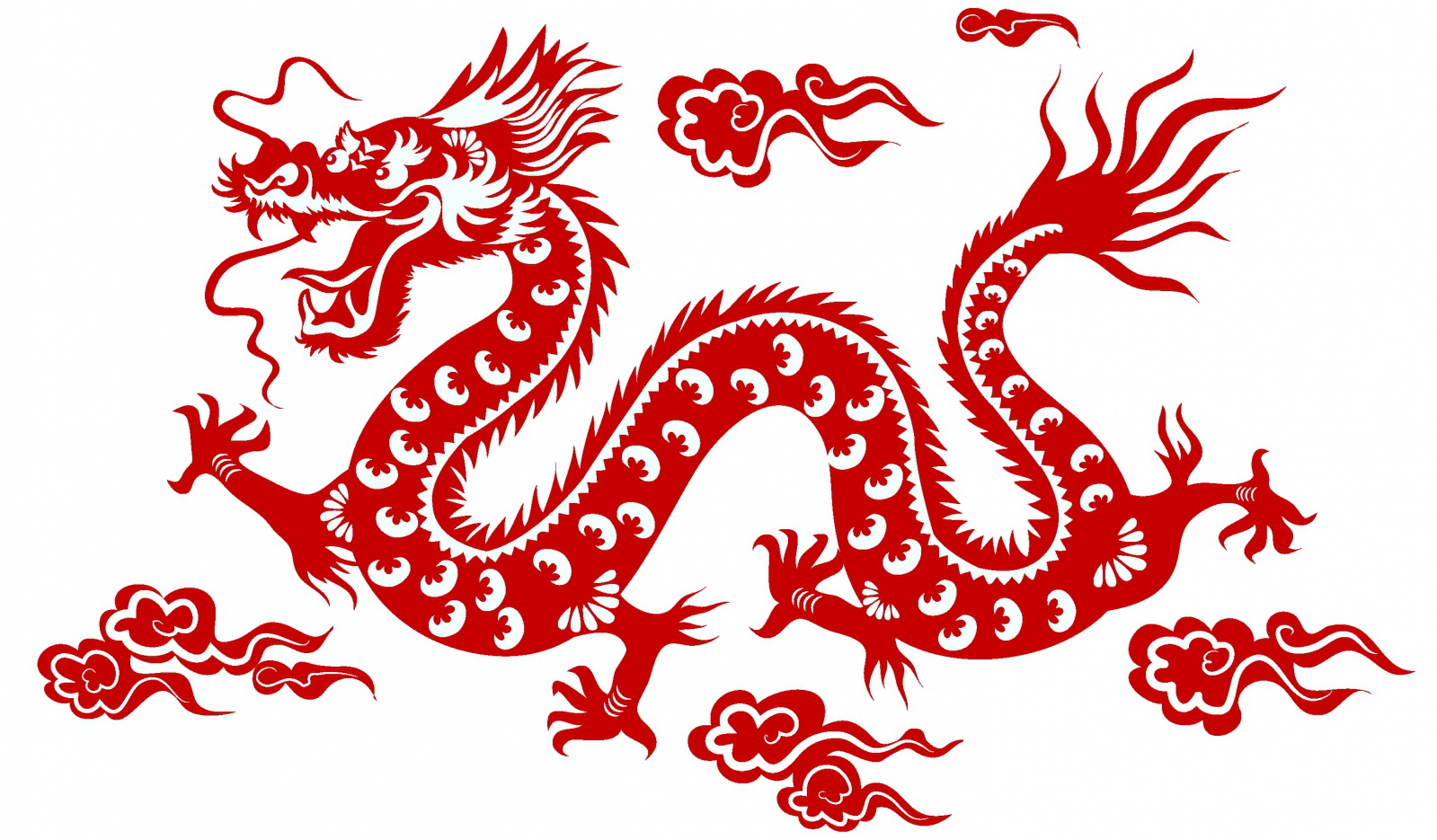Who We Are
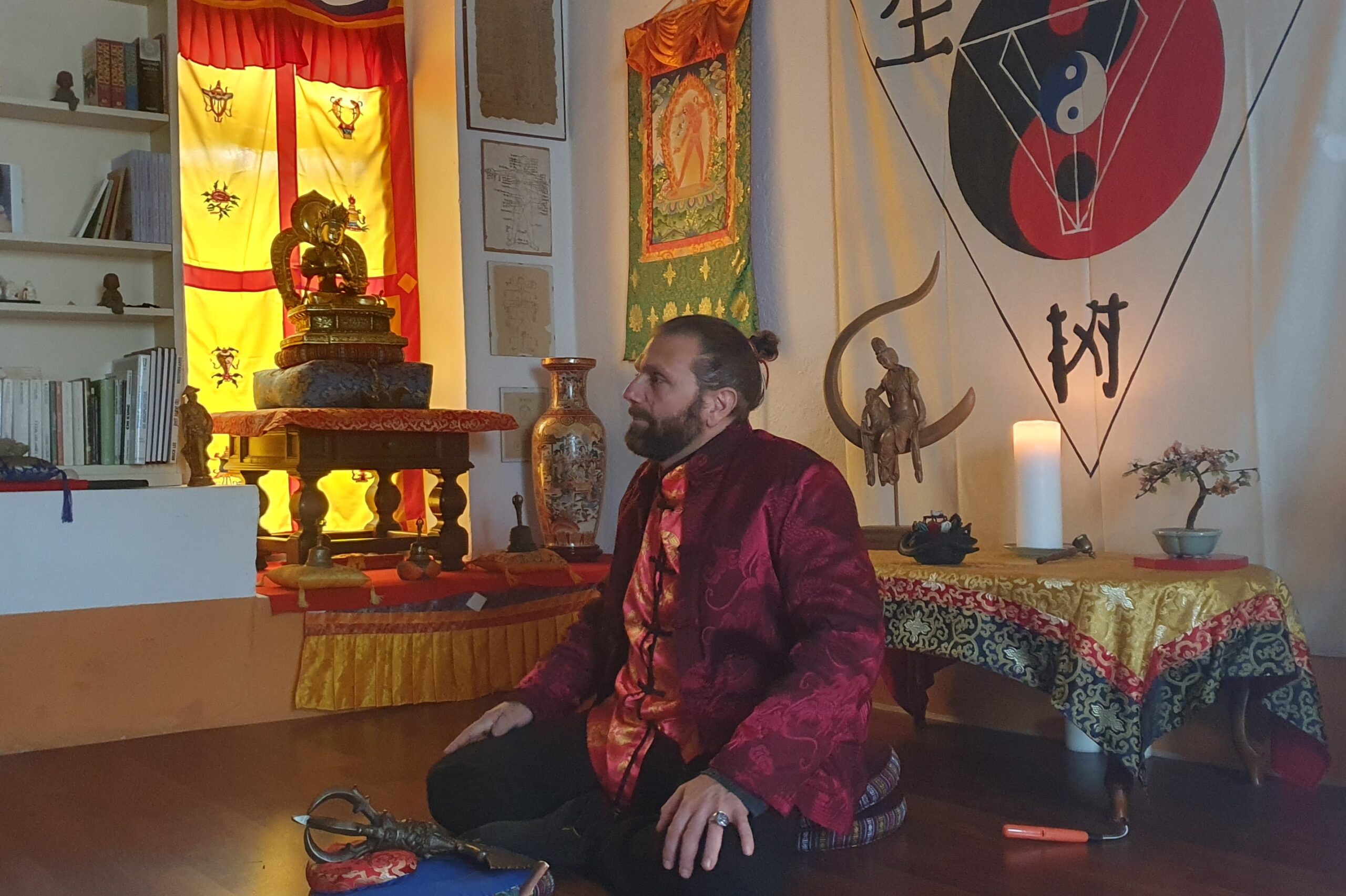
“The death of identity corresponds to the end of the world; the identity and the world are the same exact illusion. The Self is the world, and the world is the Self. While the greatest tragedy that the human mind could conceive is taking place, there is no longer a trace of any observer to grasp the illusory nature of the unfolding drama. Nowhere to take refuge or an “external” point of view from which to observe. Now the Ego is like a dying planet: the identity and the world are dissolving in unison, in the absolute imperturbability of Nothingness, which remains unaware of the apparent tragedy taking place, even of itself.”
Chien Teng Ho
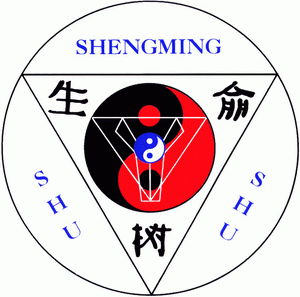
The Shēngmìng shù 生命樹 (‘Tree of Life’) Association was founded in 1993 by Chien Teng Ho with the aim of promoting the Dōng Shèng Méi 東聖玫 (Sacred Rose of the East) tradition in the West. The first students were introduced to the study and practice of Kung fu and Chi Kung, disciplines specific to the Outer Circle (Dà Hǎi 大海 ‘Great Sea’ and Dà Tiān 大天 ‘Great Sky’) of the School. Over the years, gradually, Chien Teng Ho began to transmit the practices related to the Inner Circle (Bā Zhēn 八珍 ‘The Eight Treasures’) and eventually moved on, over the last ten years, to the direct transmission of Dōng Shèng, the purest essence of every traditional teaching, where the student is introduced to his or her true nature.
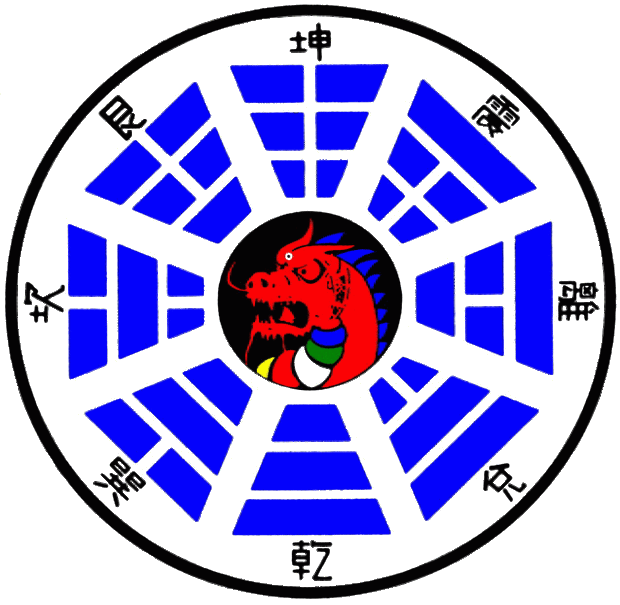
The lineage of the Sacred Rose of the East 東聖玫 (Dōng Shèng Méi) is intertwined with the history of China. The so called Ancient School takes the name of Shēng Shù 生樹 (Vital Tree) and was officially born in 2797 B.C. at the hands of Teng Ho 騰虹. It extends over a period of time between 2797 B.C. and 2297 B.C. and still remains shrouded in mystery. There is little information about it and in any case difficult to find, being a predominantly oral tradition.
Legend has it that Teng Ho was the son of Fuxi and Nüwa, and that at the age of eight he arrived on earth, coming from other worlds, riding an enormous flying dragon (Teng 騰) to guide humanity towards Liberation. Awaiting him on his arrival was the goddess Guan Yin, his future consort. The successors of Teng Ho called the Way traced by the master, Shèng Méi 聖玫 (‘Sacred Rose’). Dōng Shèng Méi can be symbolically described as a great tree, whose roots represent the Ancient School, the trunk the Sacred Rose, and the foliage the Sacred Rose of the East, founded by the master Li Wang Ho in 736 B.C.
Li Wang Ho was born in Luoyang, in the Henan province, in 753 B.C. In 736 B.C., just 17 years old, after awakening, Li Wang was placed at the helm of the Sacred Rose. With his mastership the school took its final name of Dōng Shèng Méi. From then on, the subsequent masters designated to lead the School have all been recognised as emanations of Li Wang Ho and have inherited his name. The only exception, the current master, Chien Teng Ho, who, having been identified as a manifestation of Teng Ho, has assumed the latter’s name.
The structure of the Sacred Rose of the East is organised in an ‘Inner Circle’ and an ‘Outer Circle’. The ‘Outer Circle’ is divided into two distinct areas: the ‘Great Sea’ (Dà Hǎi 大海) and the ‘Great Sky’ (Dà Tiān 大天). The ‘Inner Circle’ is also divided into two distinct areas: the ‘Eight Treasures’ (八珍 Bā Zhēn), corresponding to the eight trigrams of the Bā-guà (Sky, Earth, Fire, Water, Wind, Lake, Thunder, Mountain) arranged, like the petals of a rose, around a centre, the ‘Dōng Shèng’, symbolised by the head of a dragon.
The ‘Eight Treasures’ represent eight distinct schools, each with its own specific set of practices, which form an integral path, up to the threshold of ‘Dōng Shèng’.
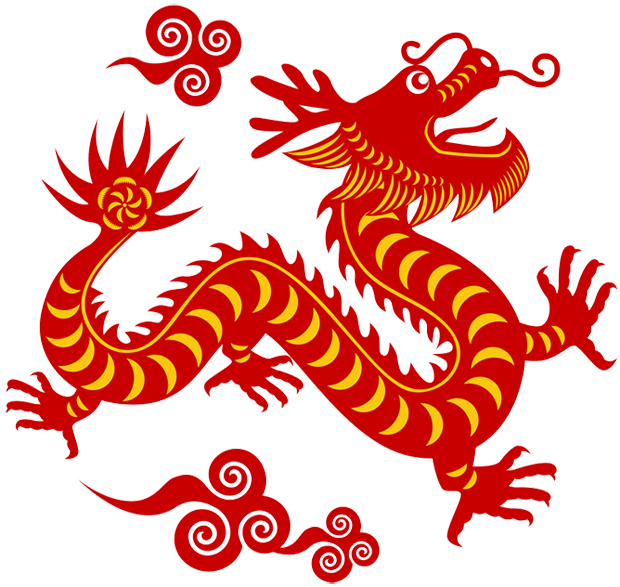
Chien Teng Ho 乾騰虹
Chien Teng Ho 乾騰虹 is the current Master at the helm of Dōng Shèng Méi 東聖玫, the only ‘non-Chinese’ to have ever been part of that tradition, until his arrival. In 1983, at the age of eleven, during a trip to the north of England, where some relatives lived, he met in Preston an elderly man of Chinese origin, who became his mentor. His name was Li Wang Ho 李王虹 and he was at that time the master in charge of guiding Dōng Shèng Méi, an ancient initiatory tradition, almost unknown in the West and surviving in the East mainly in southern China, Hong Kong, and Taiwan. Because of the persecution of the Mao Tze Tung regime, Li Wang Ho took refuge in England in the early 1950s, where he spent about fifty years of his life in the town of Preston, in a completely anonymous manner, surrounded by some masters of Dōng Shèng Méi and their students.
Chien Teng Ho was recognised by Li Wang Ho and the other masters of the Masters’ Council of Dōng Shèng Méi, as manifestation of Teng Ho 騰虹, the legendary founder of the School. He was also identified as an emanation of the bodhisattva Dizáng 地藏and recognised as reincarnation of Tiān Lèi 天淚, a renowned Master of the Dōng Shèng Méi, associated with the ‘Sky’ 乾 trigram.
